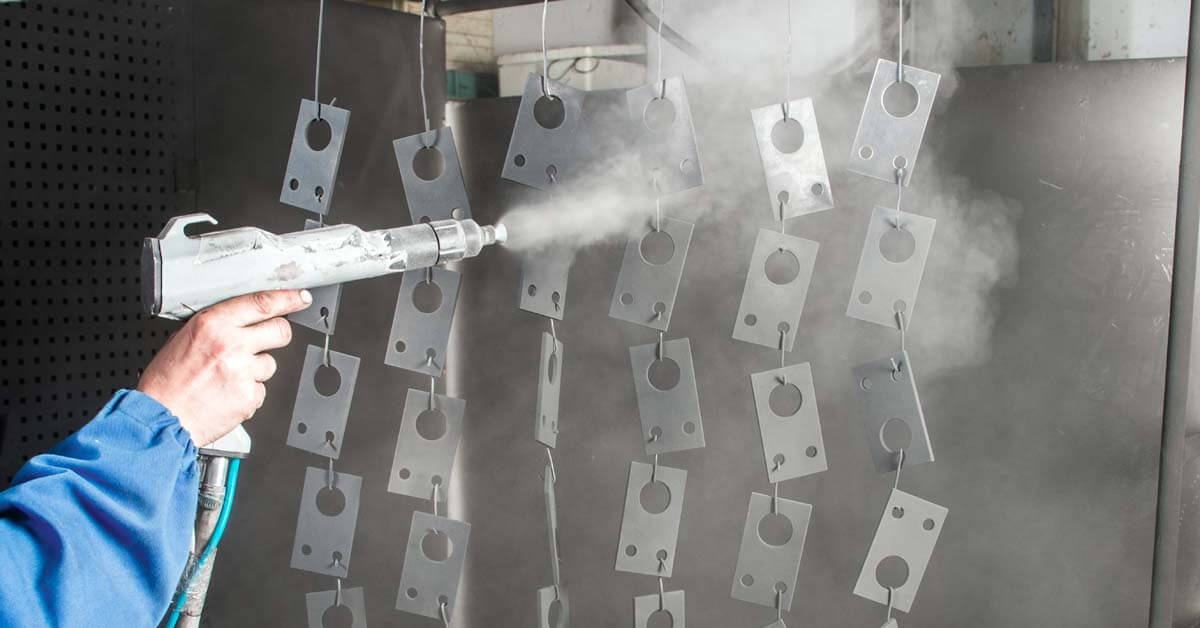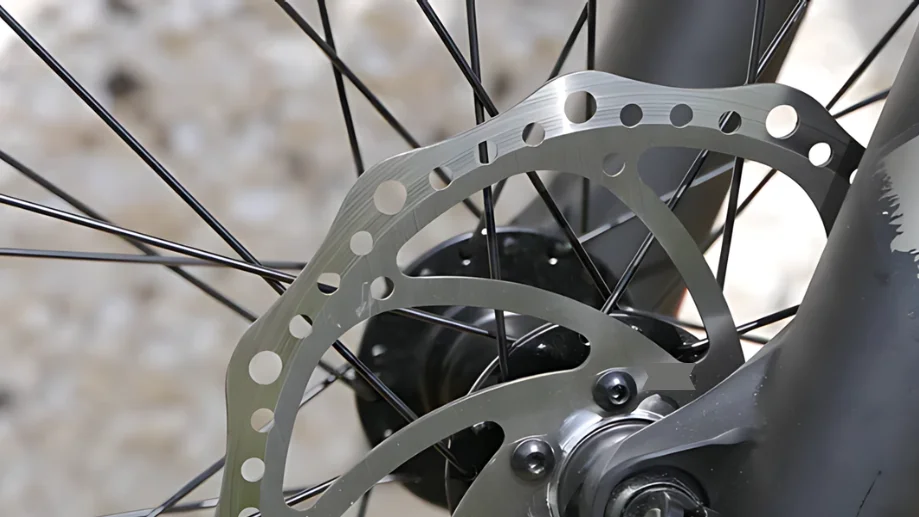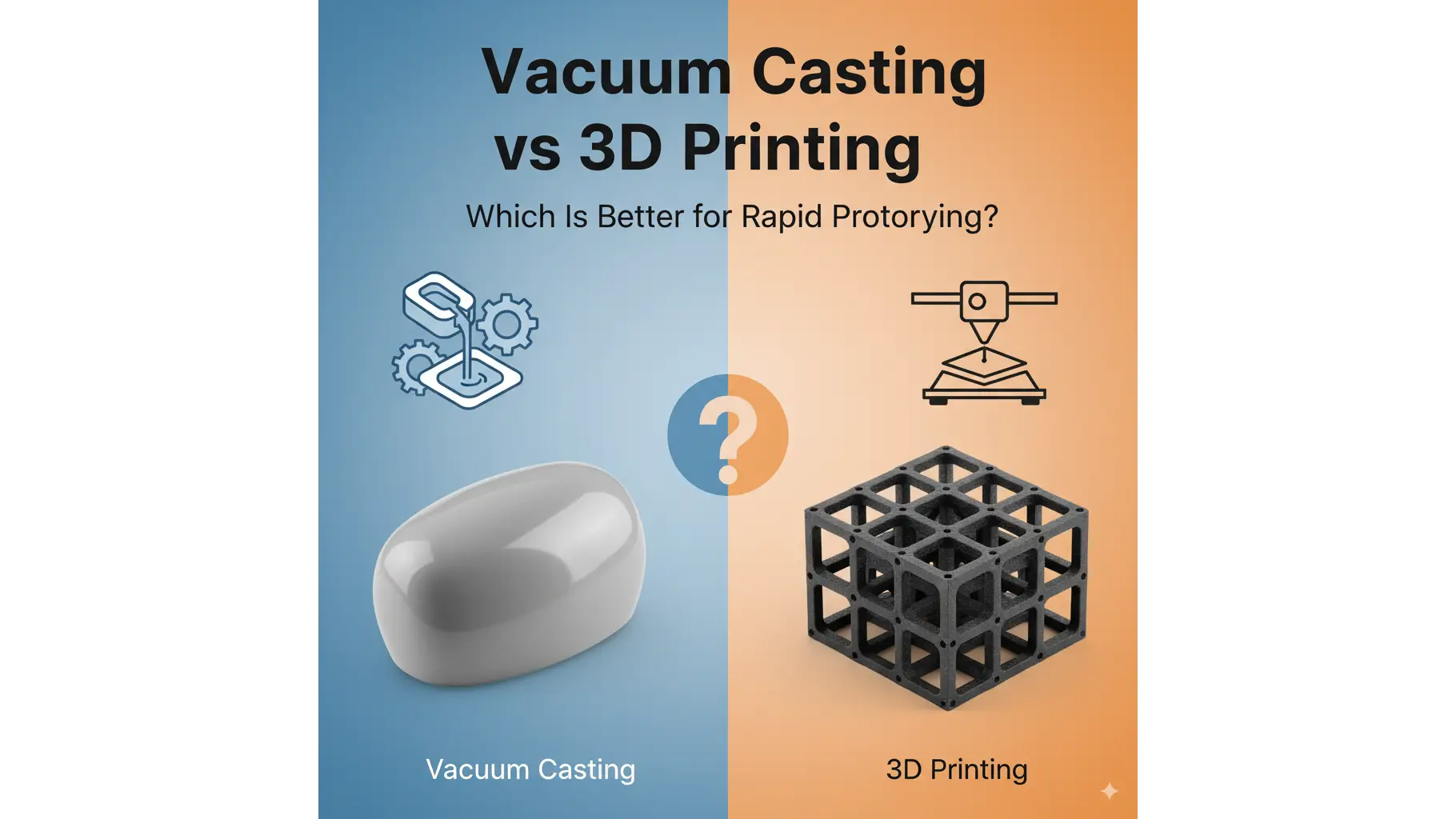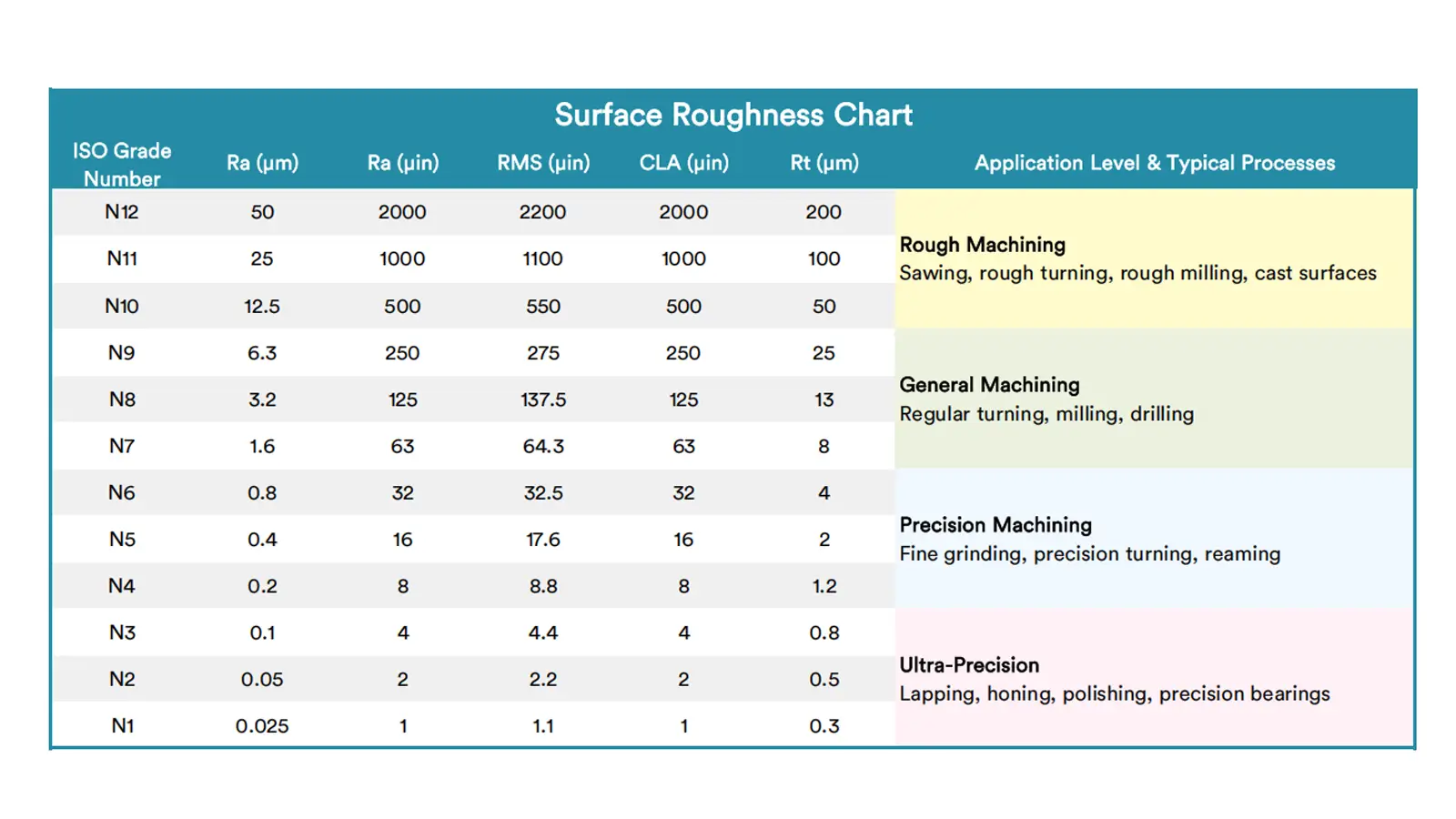Table of Contents
Tired of the anodized coating on your aluminum parts? Want to restore them to their natural silver color? This guide will show you the easy way to remove anodizing at home. It’s easy, effective, and doesn’t require any special tools.
What Are the Features of Anodized Aluminum?
The aluminum surface of the part is placed in an electrolytic chemical tank, through which an electric current is passed to initiate the aluminum oxidation process. Anodized aluminum has many remarkable characteristics.
First, it is very durable. Anodizing makes aluminum more resistant to wear and corrosion, greatly extending its service life.
Second, anodized aluminum is very beautiful. Through anodizing, aluminum can take on a variety of colors and sheens, which looks stylish and modern. In addition, the anodized layer has the property of being non-conductive, making it very suitable for use in certain electronic products.
Despite the increased durability, anodized aluminum still maintains the advantage of being lightweight, which makes it very practical in a variety of applications. These characteristics make anodized aluminum a popular choice in industrial and consumer products, combining strength, beauty, and practicality.
However, we are not able to reverse the process. If you think the anodized aluminum part you purchased is ugly in color and prefer the bare original color. We can completely achieve “fading” at home.
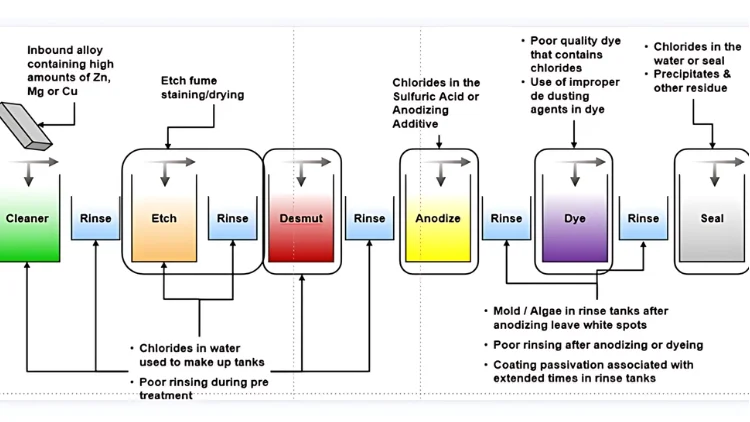
Removing Aluminum Anodizing at Home
The principle of successfully removing the anodized film on aluminum products is to use a chemical reaction to dissolve and remove this protective layer. The anodized film is an aluminum oxide layer that is formed by the anodizing process, which makes the aluminum products more resistant to corrosion and wear.
To remove this oxide layer, a cleaner containing sodium hydroxide (NaOH) is usually used, such as oven cleaner or drain cleaner. Sodium hydroxide is a strong base that can effectively react with aluminum oxide and dissolve it.
The specific chemical reaction principle is as follows:
Sodium hydroxide (NaOH) in the solution reacts with aluminum oxide (Al2O3):
Al2O3+2NaOH+3H2O→2NaAl(OH)4
During the reaction, aluminum oxide reacts with sodium hydroxide and water to form soluble sodium aluminate (NaAl(OH)4), thereby removing the oxide layer.
The product dissolves in the solution: The sodium aluminate formed is soluble, so after the reaction is complete, the aluminum oxide layer is dissolved in the solution, thereby achieving removal.
The anodized film on the surface can be successfully removed by soaking the aluminum product and performing the above reaction. It is important to note that the reaction time and solution concentration need to be controlled well to prevent over-reaction that can damage the aluminum substrate itself.
In most cases, removal can be accomplished using oven cleaner or drain cleaner, but we cannot guarantee the effectiveness of these products as results may vary. However, we have had success. This process is affected by many factors, for example, if you remove the item from the solution too early, the coating may not have fully dissolved.
If you look up bicycle forums, you will probably see a lot of people discussing this issue, as aluminum is an important material for e-bike components. You can read more about e-bike components here.
If you decide to do it yourself, you can purchase oven cleaner or drain cleaner to try to remove the anodized aluminum. Here is a simple method:
Using Easy-Off Oven Cleaner
Materials Required
- Choose a cleaner that contains sodium hydroxide, such as oven cleaner or drain cleaner.
- Wear rubber gloves and goggles.
- A chemical-resistant container
- Your anodized aluminum parts
- A sink or well-ventilated area for washing
Choosing the Right Cleaner
Make sure to use the Easy-Off Heavy Duty Oven Cleaner in the yellow can. Avoid the blue can that claims to be fume-free; it doesn’t work as effectively on anodizing.
Applying the Oven Cleaner
- Prepare Your Work Area: Place the anodized aluminum part in a sink or a well-ventilated workspace.
- Spray the Cleaner: Shake the Easy-Off can well. Spray a generous amount of oven cleaner onto the anodized surface.
- Let It Sit: Allow the cleaner to sit on the aluminum part for about 20-30 minutes. This gives it time to break down the anodizing.
Checking Progress
After about 25 minutes, check the part. You might need to apply a second coat of oven cleaner halfway through the waiting period for stubborn areas.
Rinsing Off the Cleaner
- Rinse: After the cleaner has sat for the required time, rinse the part thoroughly with water.
- Assess: The anodizing should start washing off, revealing the silver aluminum beneath.
- Repeat if Necessary: If some anodizing remains, apply another coat of oven cleaner, let it sit for a few more minutes, and rinse again.
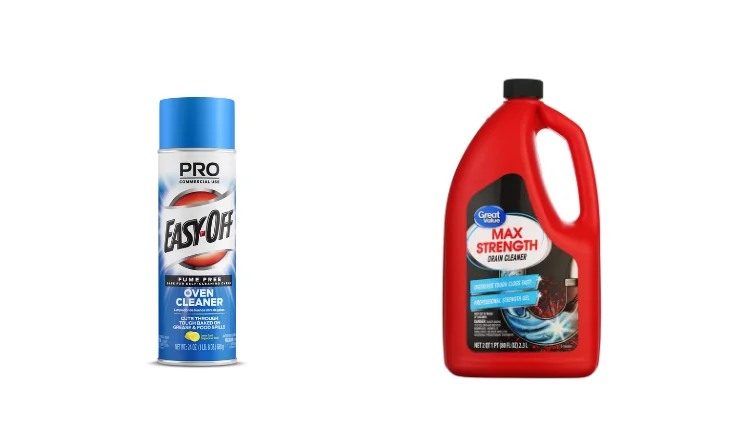
Anodizing Colors
Now that we know how to remove anodized aluminum, let’s learn more about anodizing.
Anodizing can provide a wide range of color options for aluminum products. This process involves electrolyzing aluminum in an electrolyte solution to form a protective oxide film on the surface of the aluminum, and then adding dyes to the oxide film. Common anodizing colors include black, gold, blue, red, and green. If you require a custom color, please contact us at info@ecoreprap.com. We offer professional Type II and Type III anodizing.
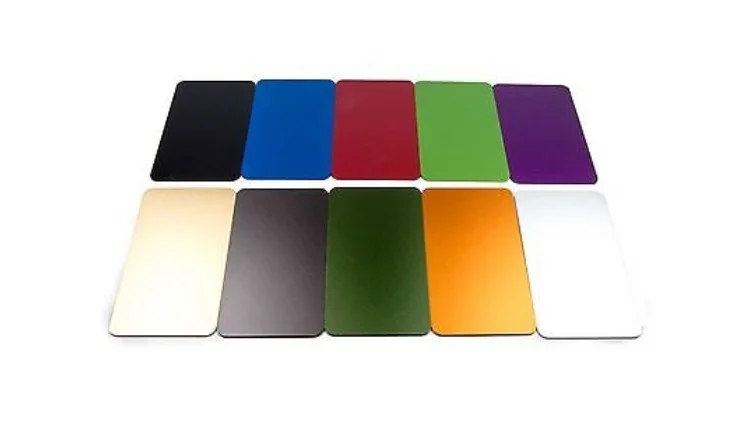
Anodizing color is not just a surface coating, but the dye is absorbed through the pores of the oxide film, making the color more durable and less likely to fade. This treatment method is widely used in various industries such as aviation, electric bicycles, electronics, and construction, providing a solution that is both practical and beautiful.
Relate read: How Much Does Anodizing Cost
FAQ
Will Acetone Remove Anodizing?
High-alkaline cleaners can break down the anodic coating and are not recommended for use. If the anodic coating is damaged, it can negatively impact any color anodizing. Generally, mild soap, alcohol, and acetone can be safely used to clean the surface without removing the anodizing.
Does Rubbing Alcohol Remove Anodizing?
Anodizing is resistant to organic solvents. While alcohol or acetone can remove ink from a permanent marker quickly, they will not damage or fade colored anodizing. These substances can be excellent for cleaning anodized surfaces without affecting the anodic layer.
Does Sanding Remove Anodizing?
Sanding or polishing the anodized surface can be used to achieve slight aesthetic changes or modify the surface texture. This method can alter the visual appearance without entirely removing the anodizing layer, making it a viable option for minor modifications.

Lucas is a technical writer at ECOREPRAP. He has eight years of CNC programming and operating experience, including five-axis programming. He also spent three years in CNC engineering, quoting, design, and project management. Lucas holds an associate degree in mold design and has self-taught knowledge in materials science. He’s a lifelong learner who loves sharing his expertise.

